
This paper delves into the imperative of developing a Unique Selling Point (USP) within the call tracking sector, a niche yet rapidly evolving domain of business technology. It underscores the essence of a USP in distinguishing call tracking solutions in a competitive market, thereby offering a comprehensive guide for sales managers and business owners. Through a blend of theoretical insights and practical examples, this paper aims to equip stakeholders with the knowledge to craft, articulate, and leverage their USP for enhanced market positioning and customer engagement.
In the contemporary business landscape, a Unique Selling Point (USP) is not just a marketing jargon but a fundamental component that defines a company’s identity and its offerings’ intrinsic value. Particularly in specialized sectors like call tracking, where nuanced differences in service can significantly impact customer choice, identifying and communicating a USP is paramount. This paper begins by narrating an initial endeavor to pinpoint a USP in the call tracking industry, setting the stage for a detailed exploration of the concept and its applications.
A USP can be defined as a distinct feature or benefit that makes a product or service stand out from the competition. It answers the quintessential question: “Why should a customer choose this over that?” In the context of call tracking, a USP might relate to aspects such as innovative technology, superior data analytics, customer service excellence, or cost efficiency.
The call tracking industry, characterized by its technical complexity and the critical role it plays in marketing analytics, demands a clear USP. A well-defined USP not only aids in attracting the right clientele but also fosters internal clarity, ensuring every team member can advocate for the product’s value effectively.
The foundation of a USP lies in understanding who your customers are. In call tracking, this involves creating detailed buyer personas to tailor your services to specific needs, thereby enhancing your USP’s relevance.
Analyzing how customers discover your services provides insights into their preferences and behaviors. Leveraging tools like Google Analytics and specialized call tracking analytics can shed light on effective channels, informing your USP’s communication strategy.
Articulating what sets your call tracking services apart is crucial. Whether it’s pricing, technology, features, or customer support, these elements contribute to a compelling USP. Examples include unique integrations with marketing platforms or proprietary algorithms that enhance call data analysis.
A candid assessment of where your services may fall short compared to competitors can highlight potential areas for enhancement or differentiation, further refining your USP.
Continually questioning what makes your call tracking solutions distinct can lead to innovative developments, keeping your USP fresh and competitive.
Ensuring that every marketing initiative reflects your call tracking USP is vital for consistent messaging. This alignment helps in reinforcing your brand’s identity and the unique value proposition it offers.
Developing a Unique Selling Point in the call tracking industry is an iterative process that involves deep market understanding, customer insights, and continuous innovation. For sales managers and business owners, a well-crafted USP is not just a marketing tool but a strategic asset that drives growth, customer loyalty, and competitive advantage.
Kotler, P., & Keller, K. L. (2016). Marketing Management (15th ed.). Pearson Education.
Ries, A., & Trout, J. (2001). Positioning: The Battle for Your Mind. McGraw-Hill Education.
Ward, S. (2019). “What Is a Unique Selling Proposition?” The Balance Small Business.

Book A Quick 15 Minute Call,
And We’ll Show You How To Unlock The Power Of Every Conversation.
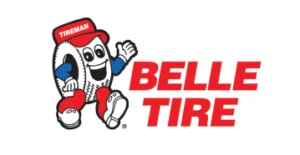

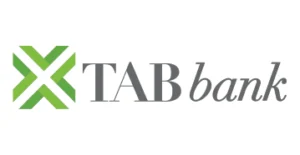
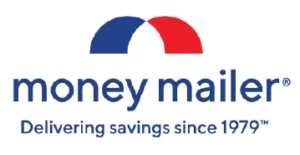


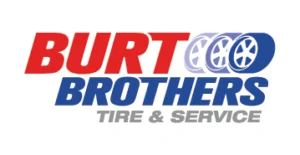
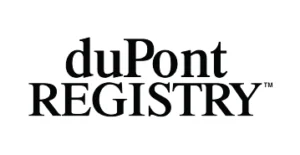

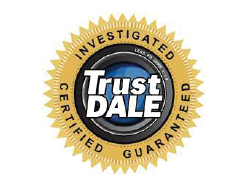


















©2024 All rights reserved – Convirza